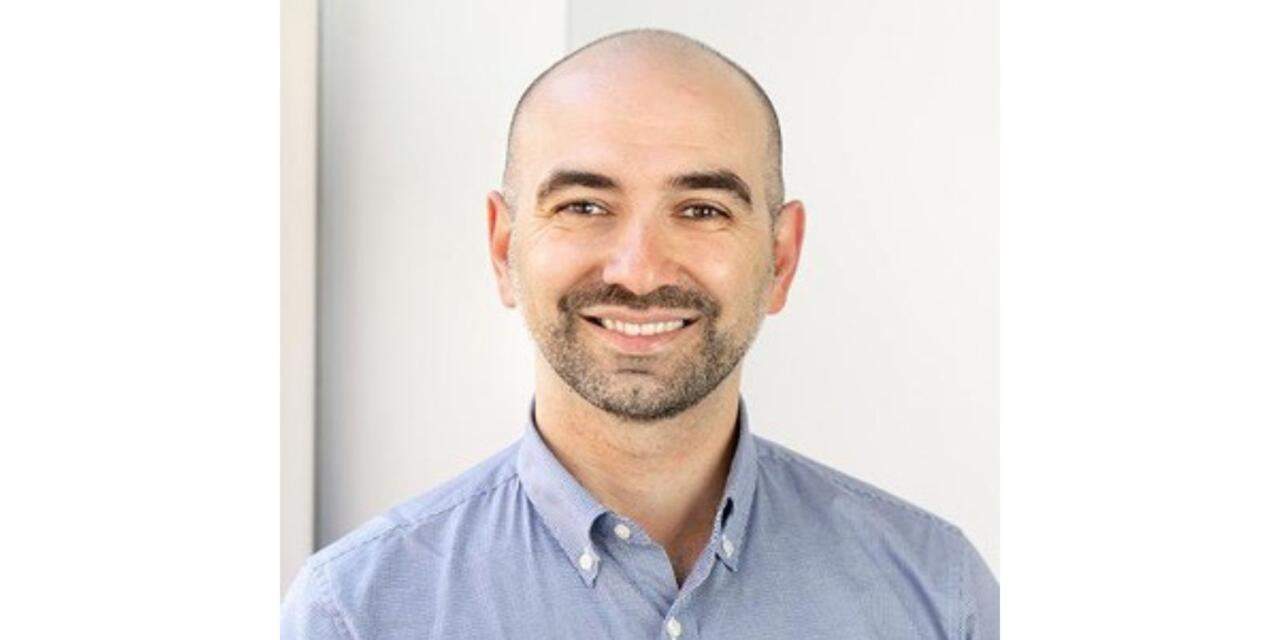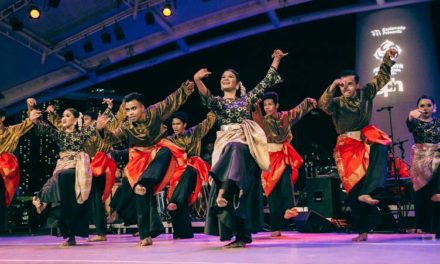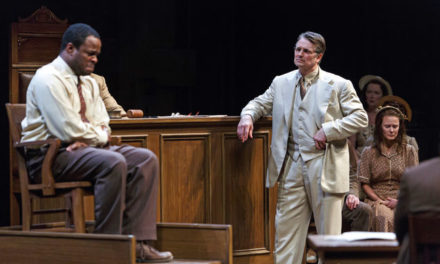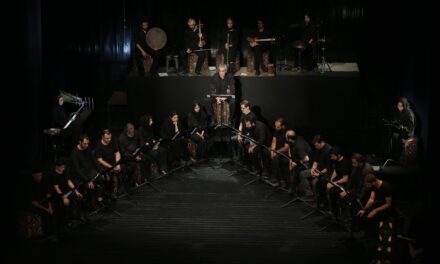Dr. Art Babayants is a multilingual artist-scholar who lives and works in what is now called Canada. His training combines the Stanislavsky school of acting, Meyerhold’s Biomechanics and Indian kalaripaiattu. Art’s directing credits include musicals Share and Share Alike (2007), Seussical (2009), Gypsy (2011), Godspell (2014, 2021), Spring Awakening (2019), contemporary Canadian drama Couldn’t We Be (2008), The…Musician: An Etude (2012 and 2014), Wine&Halva (2020) and multilingual performance In Sundry Languages (2015-2019), collectively devised by Toronto Laboratory Theatre (published as a script by Playwrights Canada in 2019). He runs Quebec’s first Musical Theatre program (at Bishop’s University, Sherbrooke) in English and publishes on the issues of stage multilingualism, diasporic/immigrant theatre, queer dramaturgy, applied theatre and contemporary musical theatre. Art has also co-edited a scholarly volume Theatre and Learning (2015) and the special issue of Theatre Research in Canada/Les recherches théâtrales au Canada (Fall 2017) dedicated to multilingual theatre in Canada. With the support of La Troupe du jour (Saskatoon), he is completing work on his first multilingual play Bros/Les gars/Akhperner (2021).
I met Dr. Art Babayants in Istanbul during the Turkey Theatre Showcase and had a chance to talk about his artistic and academic works in Canada, as well as his opinions on the contemporary theatre practices of Turkey, of which he saw twelve selected performances by TheatreİST showcase program as some examples of Istanbul stages. We started to talk about the showcase itself, the performances and his impressions about the whole process. However the talk was not finalized when Art Babayants left Turkey. So we completed it by writing emails to each other.
Eylem Ejder: Art, first of all, welcome to İstanbul. I hope you enjoyed being here with us. Before talking about your experience and thoughts on İstanbul and its theatre environment, I would like to start with your own works. Would you like to tell us about your artistic and academic practice in theatre?
Art Babayant: Hello Eylem, I am honoured to have seen the first installment of TheatreIST. It was an inspirational theatrical adventure pertinent to my own artistic journey. As a stage director, I work primarily in the field of postdramatic theatre and I am really interested in how contemporary theatre, dance and circus artists create new, often multilingual and multicultural, dramaturgies that address the various political issues of today. My specific focus is multilingual theatre and dramaturgy – that is, a dramaturgy that gives centre stage to minority languages especially the languages of oppressed communities. In Canada, I have been working with a lot of immigrant and refugee artists and my most known show is ‘In Sundry Languages’, a collective creation that was performed in Toronto and Ottawa from 2015-2019. The show ‘embraced’ over 20 different languages while providing no immediate translation into the language of power – English. As an artist-scholar I have written about multilingual dramaturgies, multilingual actors and audiences but also about the theatre of immigration, musical theatre, theatre pedagogy and contemporary Canadian theatre in general.
EE: How was it for you to be in İstanbul, and also a part of this TheatreIST Showcase organization?
AB: In early 2022, I had an amazing opportunity to work with scholar and artist Deniz Basar in Quebec, Canada. In fact, we had collaborated a few times in Canada – and it is through her that I received an invitation to TheatreIST. Originally, I was not sure what I was signing up for. It turned out we, a group of international scholars, producers and artists, would participate in a meticulously planned event combining education, theatre, discussions and a lot of delicious coffee and dessert. It all started with an excellent lecture on Ottoman and Turkish Republic’s theatre traditions – something that Western scholars typically know little to nothing about and the learning didn’t stop there. In fact, every single performance as well as every single performance space was meant to be an educational experience. We got to see thirteen excellent productions all followed up by a serious conversation (and occasionally, an intellectual confrontation) with the artists. Only one production came from the Municipal Theatres – all the others were presented by various independent theatres of Istanbul. I was consistently impressed by the level of acting, ensemble work and directing. It was gratifying to see that independent theatres with minimal resources are capable of producing work that is in no way less impressive than large scale state-owned theatres, which arguably have larger audiences as well as better access to venues and funding.
In addition, the hospitality of our Istanbul hosts (I can’t possibly forget to mention the incomparable Handan Salta, who was beyond amazing) certainly added to the overall impression of the festival. Most importantly, I have met young theatre creators and critics of various origins (Turkish, Kurdish, Armenian, Arab) and I observed them share their thoughts about contemporary theatre in Turkey – often in reaction to the show we had gotten to see together. In Canada, audiences often shy away from an honest and open discussion of theatre – by and large, we are a risk-averse culture and an honest conversation can bring up conflict and disagreement, which is not how Canada typically works. It was liberating to see how Istanbul youth engaged with honest feedback and intellectual discussion without much fear of offending someone (perhaps, even someone famous or powerful) and with a lot of sincerity and fervour. Those nourishing conversations added to the overall educational and aesthetic experience of the festival.

TheatreIST organization team with the international guests, some audience members, and the participants of the workshop for young audiences at the main gate of Bahçeşehir University Conservatory in Galata, settled in the center of Istanbul. Photo: TheatreIST.
EE: Would you like to talk a bit more about the performances you see? I wonder, how was the landscape of the theatre of Turkey in your view? Was there anything that surprised you or shook your preconceptions, etc.?
AB: I generally see approximately 100-150 performances a year so I must say that I have a professional disadvantage (or affliction if you will) of never being surprised by a stage production. While there were some shows I did like more than others, what matters to me is how TheatreIST shaped my perception not only of contemporary Istanbul theatre (barring one show from Ankara) but also about Istanbul itself. It was a brilliant idea to ensure that the shows were happening in various parts of the city: roughly half of the festival happened on the Anatolian side, the other, on the European side. One show took place on the streets of the city where an actor interacted with the passers-by and, metaphorically, with Istanbul, as we the spectators, huddled together on a narrow sidewalk hiding from the sun and trying not to miss a single moment of the actor’s interaction with the city (The Twelfth House by Melek Ceylan). Another show (Gomidas by Ahmet Sami Özbudak) took us to an Armenian church in a predominantly Islamic immigrant neighbourhood of Istanbul. That was a dramaturgical experience in its own right. Some shows happened in basements, others on a university campus. The dramaturgy of the theatre space was clearly on the organizers’ minds.
It was also clear that female and minority voices were given priority in the programming of TheatreIST – another important political gesture happening at a time when more and more political oppression is becoming the norm. I am of Armenian origin and I certainly appreciated that three of the 12 shows dealt with the Armenian “themes” in one way or another without being afraid to reveal the historical truth about the horrifying events of 1915 as well as other difficult facts from the past. Given the local context, it takes incredible courage to even approach this subject and I applaud Istanbul artists who decided to engage with it. The Armenian theme might have escaped many other international artists and scholars, unfamiliar with Ottoman or Turkish history but to me it was incredibly gratifying to see Istanbul artists speak about the past and the present of Armenians (as well as other minorities) in Turkey through various genres of theatre and dance.
EE: What do you also think about the ways these performances dealing with the Armenian theme re-write and put on the stage the difficult pasts? I mean their political and aesthetic effects?
AB: This is a very difficult question, especially for the North American context. We are constantly concerned about who can play whom, who has the right to say what, who is going to be offended or made to feel uncomfortable, etc. This is all because of the difficult history of oppression as the consequence of the white/European colonialism.
In Istanbul, at first I was not sure how to react to non-Armenian actors performing Armenian roles. In the end, I felt that when a role was performed in a complex and interesting way (for example, the way it was done in Zabel by BGST Theatre), I really appreciated it and felt that it was an important gesture made by Turkish artists – a gesture that was also, perhaps, educational for international artists and scholars who are unlikely to know much about the Turkish-Armenian relationship and the difficult heritage of the late Ottoman Empire. Having said that, when an Armenian character happens to be reduced to a ridiculous stereotype, while other characters are played as more rounded realist characters, that is where I think some issues of representation might need to be addressed. Generally, I believe projects need to include Armenian artists when Armenian themes are explored. The same applies, of course, to Kurdish artists, Alawi artists and anyone else who faces oppression in the Turkish context.
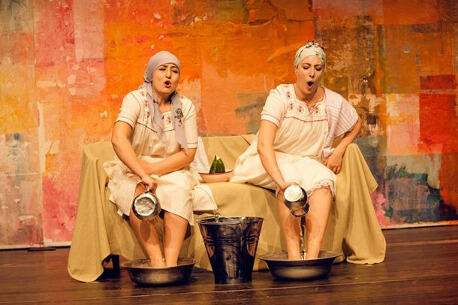
Zabel. A feminist theatre production by BGST Theatre, focuses on the Armenian feminist writer Zabel Yesayan’s life story. Written by Aysel Yıldırım and Duygu Dalyanoğlu, staged by BGST Theatre. Photo: Kenan Özcan.
EE: During your talk at Bahçeşehir University, you shared your theoretical and practical works on “playing in and with multiple languages on stage”. Would you like to talk for those who could not attend the talk?
AB: I did both a lecture and a hands-on workshop for performers at Bahçeşehir University and I believe both resonated really well with theatre professionals, faculty and students. Many of them were inspired by the ideas I proposed and some even invited me to come back to create a production similar to ‘In Sundry Languages’ but in Istanbul engaging refugee and immigrant performers living in Turkey.
Generally, over the course of TheatreIST I noticed the underlying monolingualism of Istanbul theatre: all the shows were in Turkish while other languages were used minimally and only in a couple of productions. The idea of multilingual theatre, which would fit a multilingual and multicultural city like Istanbul or London or Berlin or Toronto, doesn’t seem to have yet penetrated the Turkish theatre scene – or at least, it was not obvious in the shows we got to see. Istanbul is not an exception, though: the official language dominates theatre stages and oppresses other languages and cultures in many countries, including Canada. The unfortunate heritage of modernism, which is essentially based on the Romantics’ idea of a nation-state, has been shaping theaters across Europe, the Middle East and the Americas as a tool of promoting ‘national dramaturgy’ (Lessing’s idea) which is always expected to occur in one single dominant language. In the case of Turkey, that language of power is Turkish. In Canada, that would be the colonizers’ languages: English and French. Yes, we live in a post-modern world where human mobility happens (for both good and bad reasons) on an unprecedented scale, yet, as Marvin Carlson points out, most theatre remains monolingual. My work with theatrical plurilingualism addresses the issue of representing minorities and minority languages but also provides possibilities for immigrant, refugee and other minority artists to create work not only in the language of power (usually the official language of the country) but in their native tongues. It also invites multilingual audiences to engage with the show where there is no translation into one single language – the audience is encouraged to use their linguistic competencies in all the languages they speak to decipher the meaning. The best part of this process is that there is never an expectation of one single way of interpreting the stage sign – every audience member has a right to come up with their own meaning making. This is the joy of multilingual dramaturgy that I would very much like to introduce to Istanbul theatre creators and audiences.
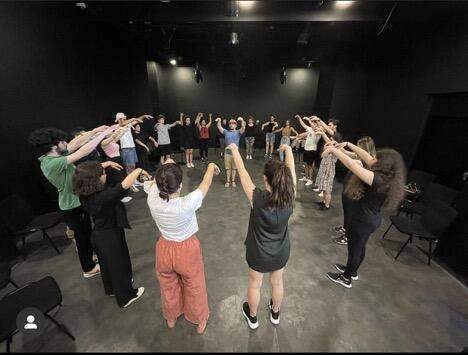
A scene from Babayants’ workshop with the performing art students of Bahçeşehir University Conservatuary on May 31, 2022. Photo: Ayça Akbulut.
EE: Art, this is so inspiring. I hope you will come to İstanbul again and have an opportunity to practice this joyful dramaturgy. Thank you so much for the conversation.
This post was written by the author in their personal capacity.The opinions expressed in this article are the author’s own and do not reflect the view of The Theatre Times, their staff or collaborators.
This post was written by Eylem Ejder.
The views expressed here belong to the author and do not necessarily reflect our views and opinions.

